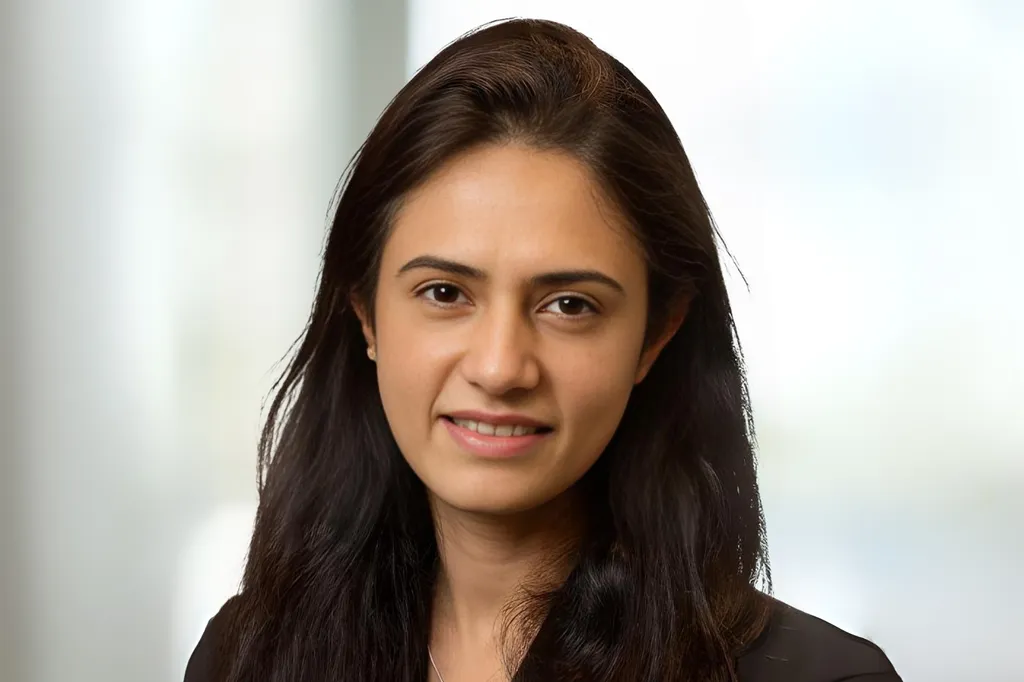Payments

Corporate banking
ClearBank’s Fairless and Hagan on the bank’s second act

Corporate banking
Banking Circle’s CEO Bertelsen on how to rebuild banking infrastructure

Corporate banking
Liquidity in motion: insights from Citi’s LMS strategy

Corporate banking
ING’s Bester and Kruger on the heartbeat of wholesale banking

Corporate banking
The API advantage

Corporate banking
The flat-pricing revolution for inclusive SME finance in Asia

Corporate banking




